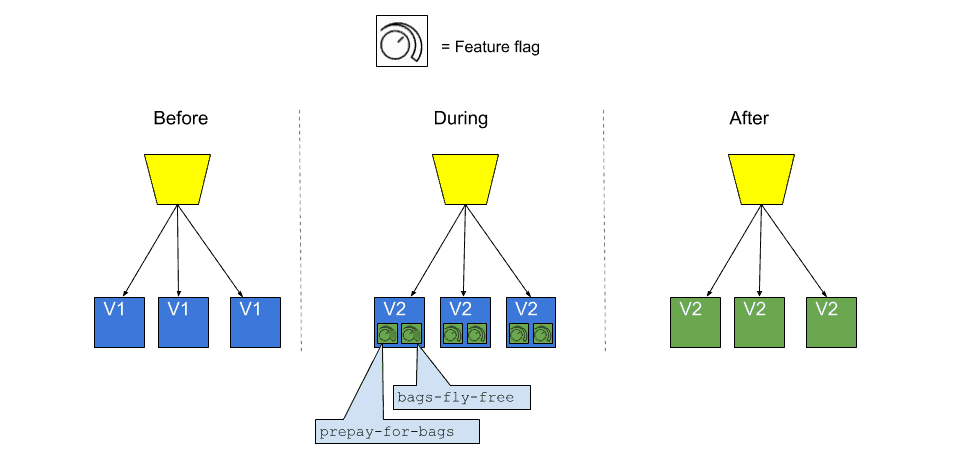What Are The Pros And Cons Of Using Feature Flag 8Vc9vJy
Feature flags provide a flexible way to roll back changes without waiting for a full release cycle. However, they can also introduce dependencies and increase the risk of conflicts and bugs. When used as an alternative to binary rollbacks, feature flags can have limitations and may not substitute for a strong automated testing process. They allow for segmented testing but can lead to messy code. Feature flags can be used to safely test in production by turning on or off specific functionalities. They also provide benefits such as faster shipping, risk mitigation, and the ability to test changes in production. However, they also come with challenges, such as increased testing efforts and the need for separate feature testing and regression testing. Feature flags and feature branching work differently and cannot be considered substitutes for one another.
Feature flags, also known as feature toggles, provide several advantages and disadvantages in software testing.
Pros:
- Flexibility: Feature flags offer the flexibility to enable or disable specific features without requiring a full release cycle. This allows for easy rollbacks in case of issues, reducing the impact of faulty features on users.
- Risk Mitigation: By controlling feature activation, feature flags help mitigate the risk associated with new feature releases. They allow teams to test new features in production with reduced impact.
- Faster Shipping: Feature flags enable continuous delivery by allowing developers to ship code to production before it's complete, and then enable the feature when ready. This can expedite the release process and improve time to market.
- Segmented Testing: They facilitate segmented testing, as feature flags allow specific features to be tested with different user groups, reducing the risk of widespread issues.
Cons:
- Complexity and Messy Code: Overuse of feature flags can lead to code complexity and messy codebases. This can make the code harder to understand and maintain over time.
- Increased Testing Efforts: Feature flags require additional testing efforts to ensure that different combinations of enabled features behave as expected. This may lead to increased testing overhead.
- Separate Testing: Teams may need to conduct separate testing for feature functionality and regression testing due to the dynamic nature of feature flags.
- Dependency and Risk of Conflicts: Feature flags can introduce dependencies and increase the risk of conflicts and bugs, particularly in scenarios where multiple flags interact. This can make troubleshooting and debugging more challenging.
In summary, feature flags offer flexibility, risk mitigation, and faster shipping, but they require careful management to avoid code complexity and increased testing efforts.
Sources


Related Questions
Work fast from anywhere
Stay up to date and move work forward with BrutusAI on macOS/iOS/web & android. Download the app today.
